Batman at his best - why Grant Morrison's work on the Dark Knight stands the test of time
Why Grant Morrison is one of the best Batman creators of all time
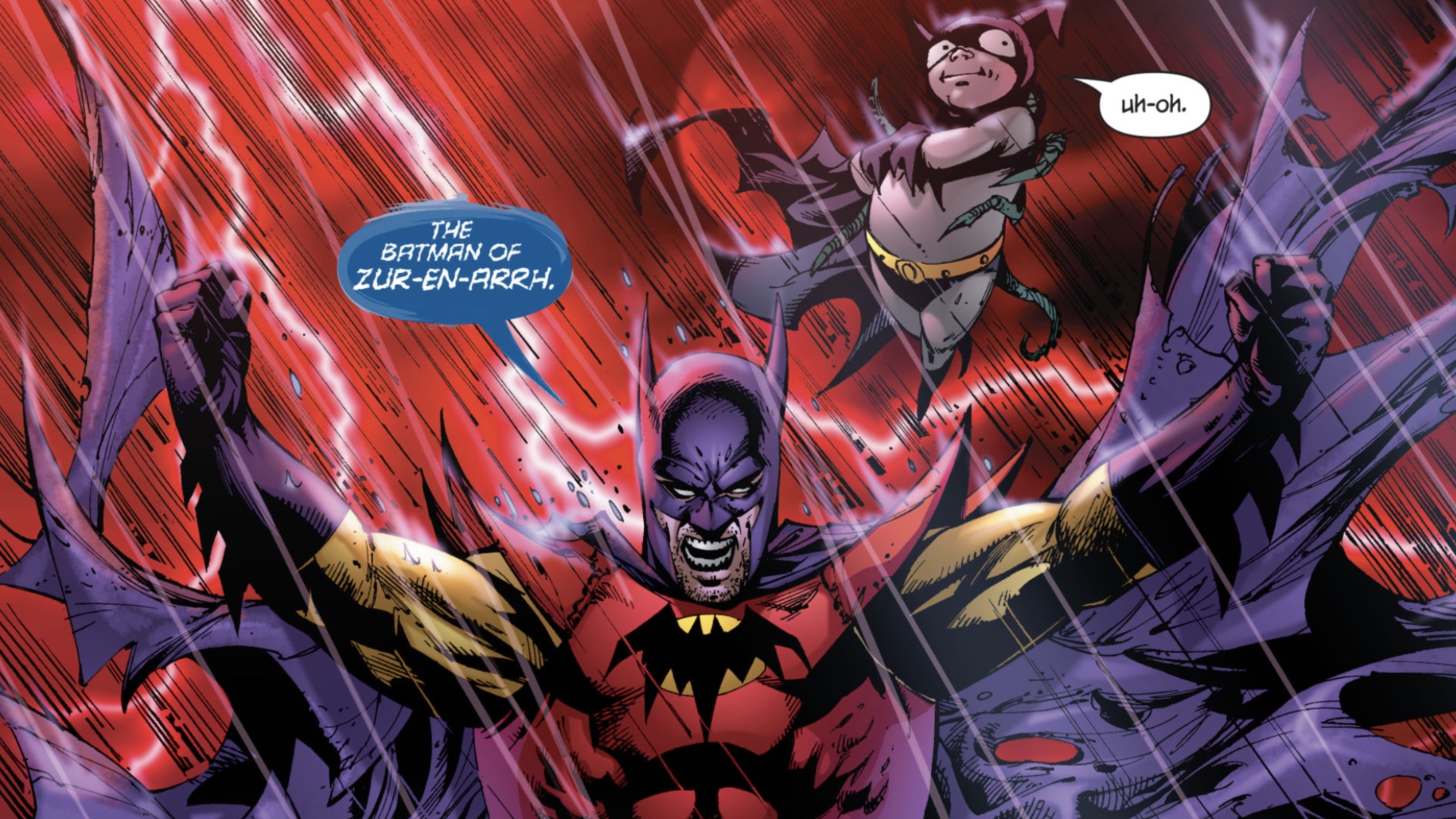
Batman is entering a new phase in DC Comics, as well as on the big screen as his new film The Batman readies to hit theaters later this year. But the Caped Crusaders' comic book history is full of big changes and big ideas from some of the greatest comics creators of all time - including Grant Morrison, whose work on Batman shaped some of the biggest (and most enduring) changes to the Dark Knight over the years.
From 1989's Arkham Asylum: A Serious House on Serious Earth to their four-year run on the Batman title, and the creation of Batman Inc., Morrison has become one of the greatest Batman creators of all time. Morrison added numerous aspects to the Dark Knight's mythos, some of which were big departures from the way the iconic character had been portrayed in the years before they took over as the main Batman writer.
And with the recent return of Batman, Inc. in the pages of the monthly Batman series, we're diving deep to define the ten most important things Grant Morrison added to the Batman mythos.
Bruce Wayne, social crusader
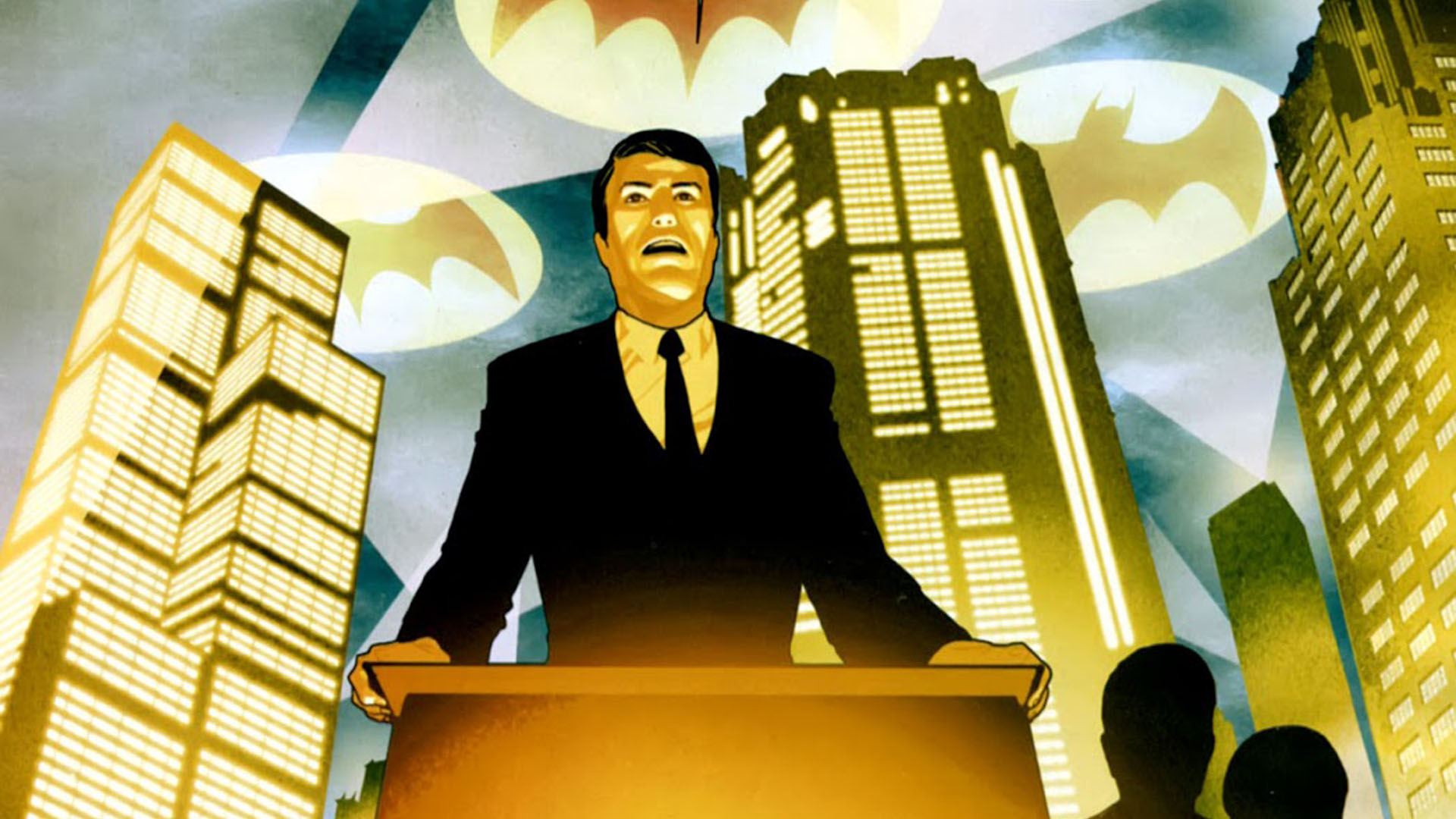
For decades, the public face of Bruce Wayne was 'disinterested fop' - a persona so unlike the serious, sincere Batman that no-one would ever connect the two, no matter how many philanthropic causes that the Wayne Foundation put money towards.
But with Bruce Wayne's public sponsorship of Batman, Inc. - and the reasons he gave for funding the organization when it launched - that idea of Wayne was no more.
And with Batman Inc. back in business in current issues of Batman, Bruce Wayne's individual push for justice is out there and public, and in a way that average people living in the DCU know how concerned, and involved, Wayne really is in the world.
Batworld
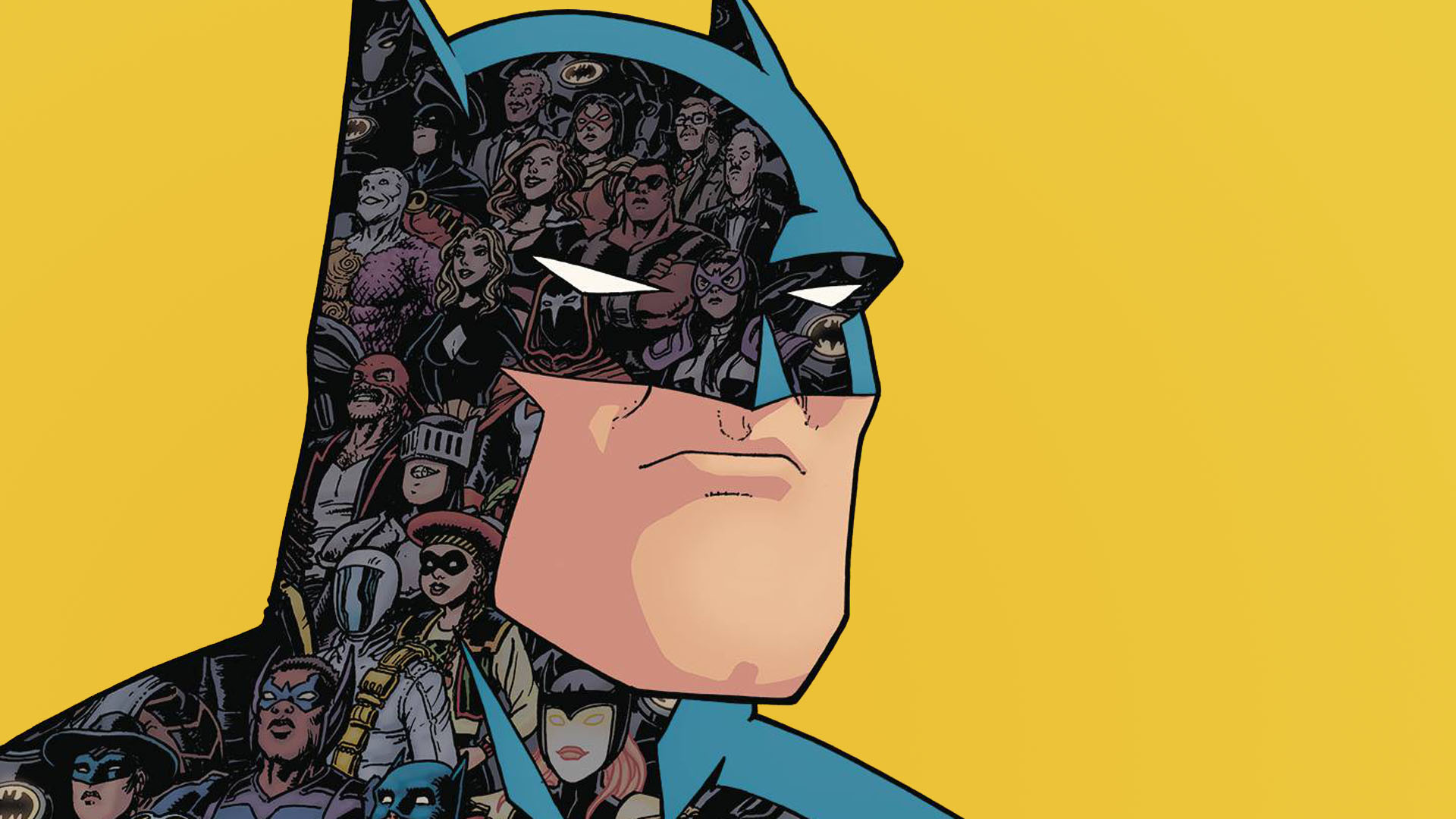
By resurrecting the silver age concept of the International Club of Heroes - a team of superheroes inspired to fight crime by Batman - and transforming it into the more organized, more directed Batman, Inc., Morrison not only created a superhero community removed from the more familiar, more insular American characters that we read about regularly but placed Batman right at the center of it.
Comic deals, prizes and latest news
Get the best comic news, insights, opinions, analysis and more!
The idea that Batman could have inspired multiple heroes all around the world to take up their own crime-fighting personas (besides his own Bat-family) demonstrates just how well-known - and well-respected - he is in the current DC Universe.
No more is he the shadowy urban myth of old, clearly.
Bat-menagerie
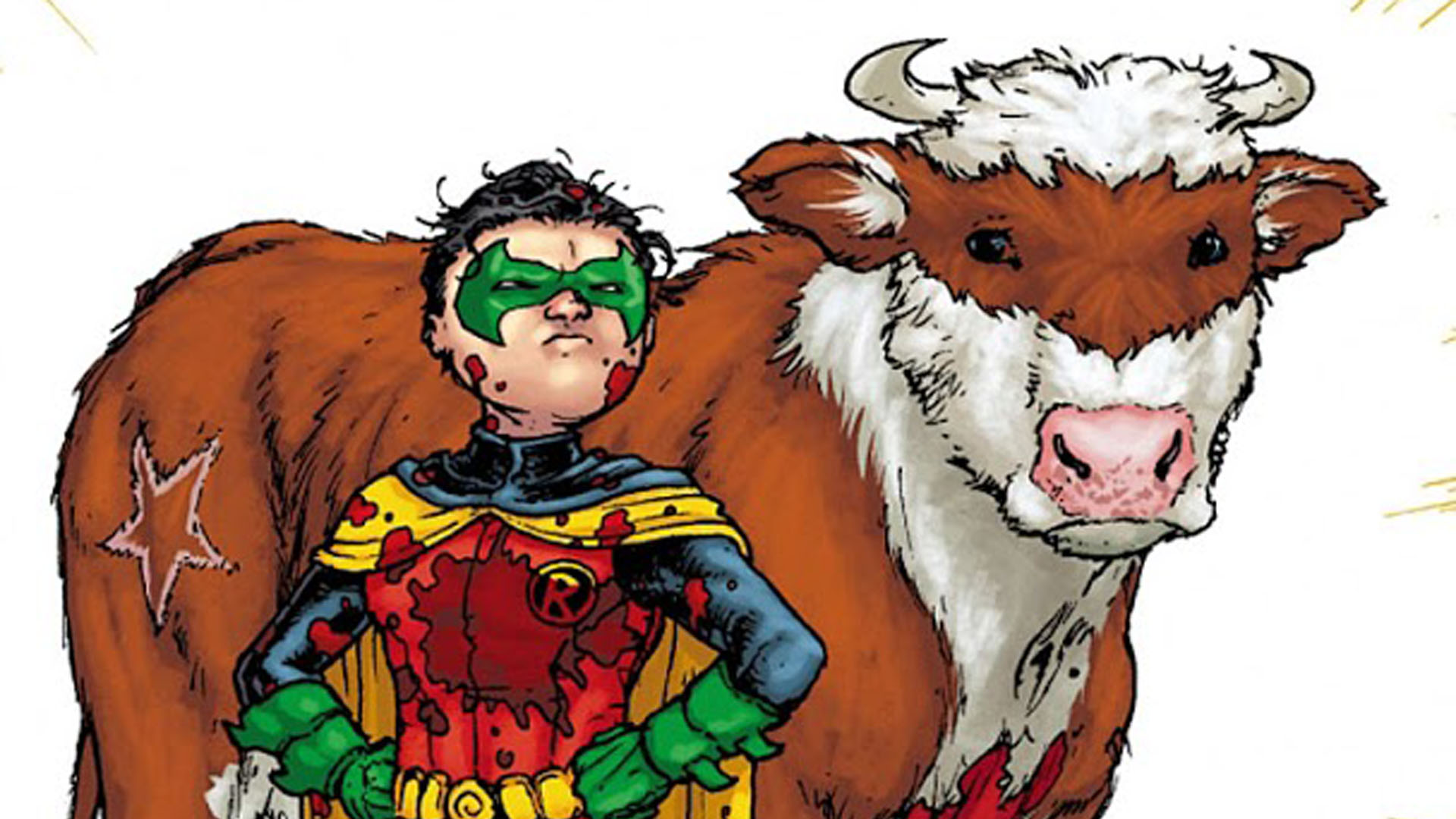
Let's face it: If someone had told you a few years ago that Batman would not only have a Bat-Hound but also a Bat-Cow and a Bat-Kitten in comics, you'd probably have laughed in their obviously Silver Age-loving faces. And yet, after Morrison had their way, that's exactly the case.
Bat-Cow famously appeared in the relaunched 2012 Batman Inc. #1 and starred in his own solo strip a short while after.
The kitten was a gift from Alfred to Damien in Batman Inc. #6, and even though Titus, the modern Bat-Hound comes from Peter Tomasi and Pat Gleason's Batman and Robin instead of Morrison's run, he clearly fits in.
Who is? What Is?... Spyral
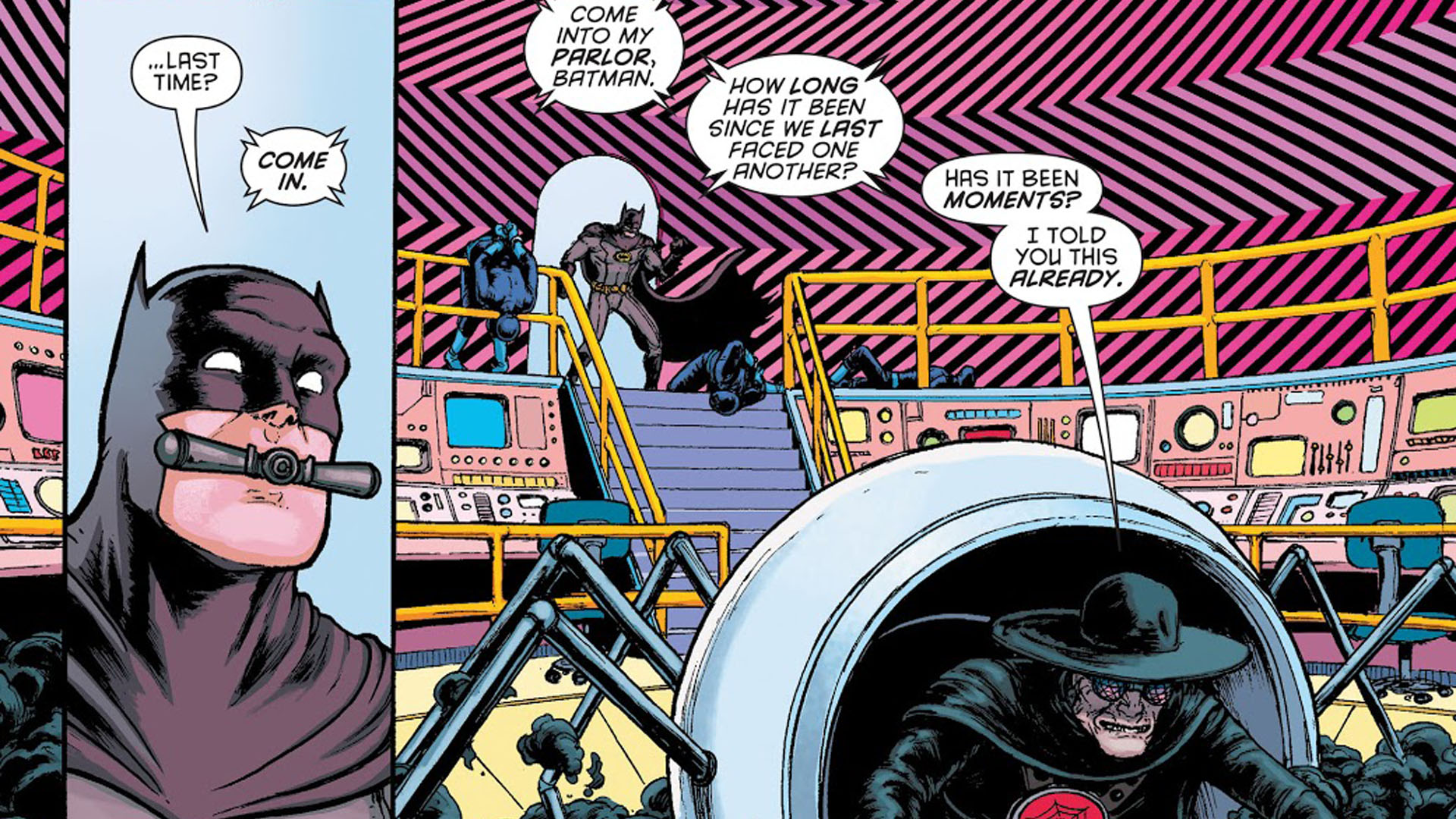
The mysterious organization at the heart of Batman Inc. - headed, at least initially, by Otto Netz - Spyral ended the series almost as much an unknown as it was introduced. All we knew really is that it was a United Nations-sanctioned spy agency, before falling into seeming disrepair… before seemingly rising up in its new form as Spyral.
Following Morrison's run on the Batman titles, Spyral was fleshed out more in the Grayson ongoing series but ultimately snuffed out in the buildup to the recent Event Leviathan event.
But with the revival of Batman Inc. in the main Batman ongoing title, perhaps it's time for a new Spyral? Or better yet, word that its demise was less than accurate.
The other Batwoman
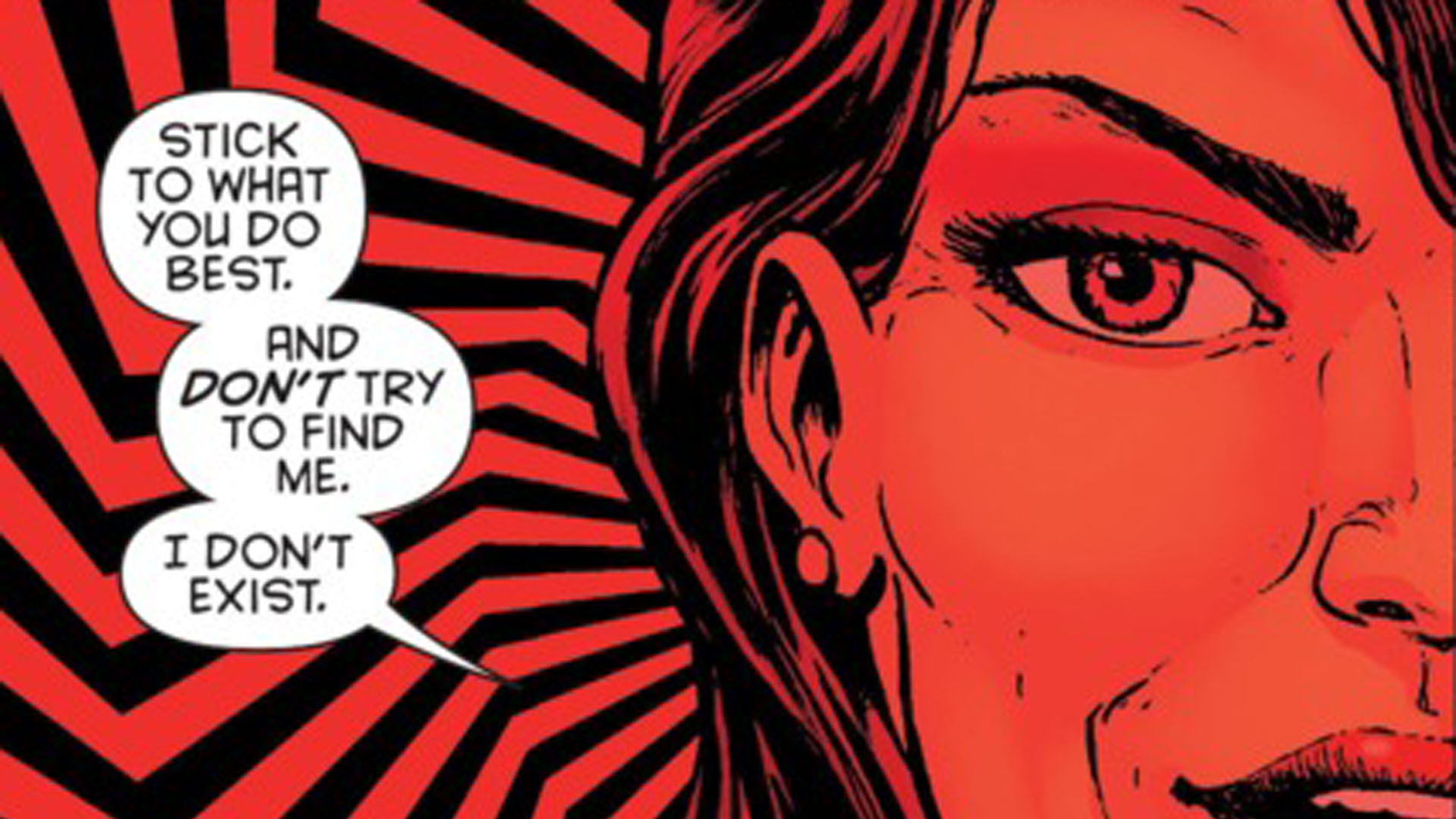
And while we're talking about Spyral, let's take a moment to consider the fact that, thanks to Grant Morrison, the original Batwoman - the '50s Kathy Kane - is back in continuity. Even though a similarly named Kate Kane took over the mantle of Batwoman years prior to her return, in a 2011 issue of Morrison's Batman Inc. Kathy Kane was re-integrated into mainstream DC continuity.
In the '50s she was a love interest for Bruce Wayne/Batman, but in this revised reintroduction Kathy Kane is his aunt, by marriage. After her husband died, she became Batwoman alongside her nephew Batman until she seemingly died. She didn't die, however; she was inducted into Spyral as a semi-reluctant operative named Agent Zero, and still shows up now and then to this day.
The sons of Batman
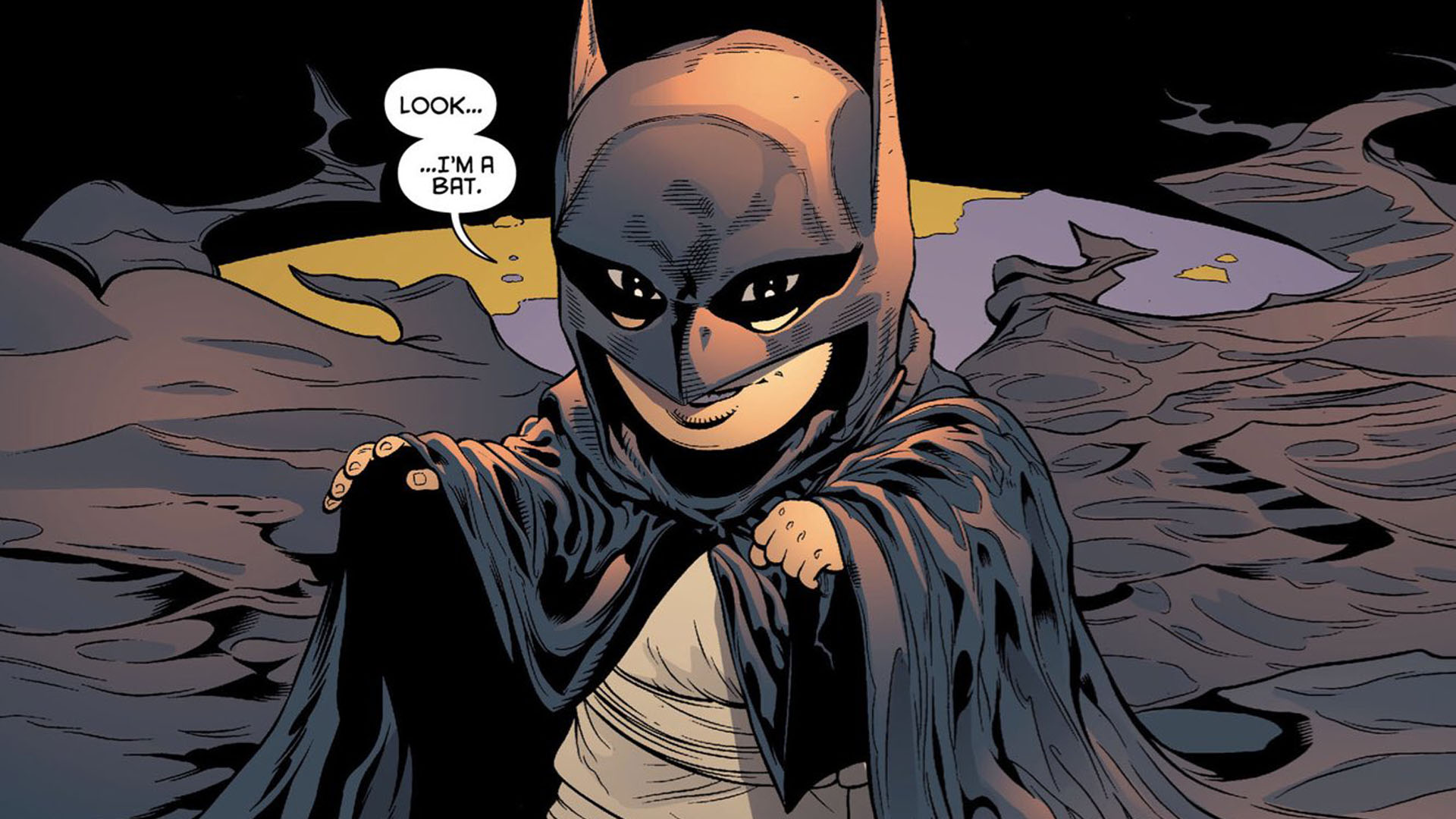
Perhaps the most famous legacy Morrison left Batman with is Damian Wayne, the Robin who added much more than many expected to the series, and to the Batman mythos as a whole.
Damian, however, was far from the only son of Batman in Morrison's run: He was, after all, killed by his own clone brother, who had been created to take over as Batman following Bruce Wayne's death. (He got better, eventually).
The idea of 'Batman's sons' ran through Morrison's run in its entirety, from his first storyline - with Damian and Tim Drake fighting over the right to consider themselves Bruce Wayne's son - through Dick Grayson's time as surrogate son continuing the family business, all the way to the last page of the final issue.
While it might seem like a no-brainer these days, before Damian Wayne the 'Bat-family' as it's called was just a metaphor. With this Robin, it became a family by relationship as well as by blood.
The Wayne lineage
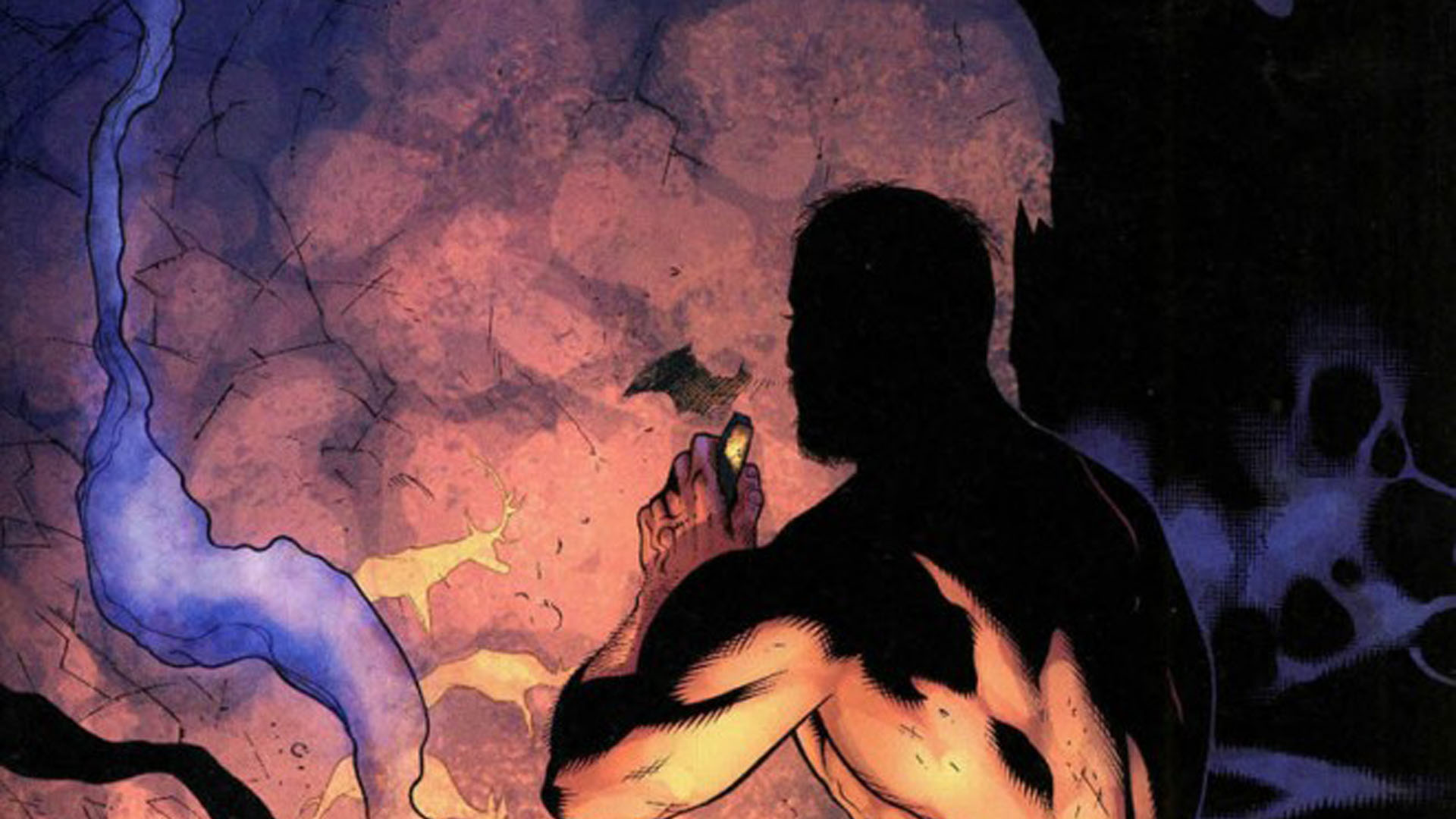
Another long-running theme that Morrison played with was the recurring nature of bat iconography throughout the Wayne family history.
Prior to their work on the Batman title, it's been played off as either a grander destiny or simply coincidence, but thanks to the Return of Bruce Wayne limited series, Morrison made it into more than that: Bruce Wayne was, himself, responsible for its reoccurrence throughout history, as he jumped throughout time pursued by a demon created solely for him alone.
Beyond explaining away many coincidences and tying up narrative loose ends, this conceit also resulted in the idea of a corrupted Wayne line thanks to the Darkseid-created demon - Something that not only has Morrison played with, but also fed into Scott Snyder's subsequent 'Court of Owls' storyline in a tangential manner.
Gotham, it seems, maybe corrupted for a reason… and that reason may be Batman himself.
Batman as an immortal icon
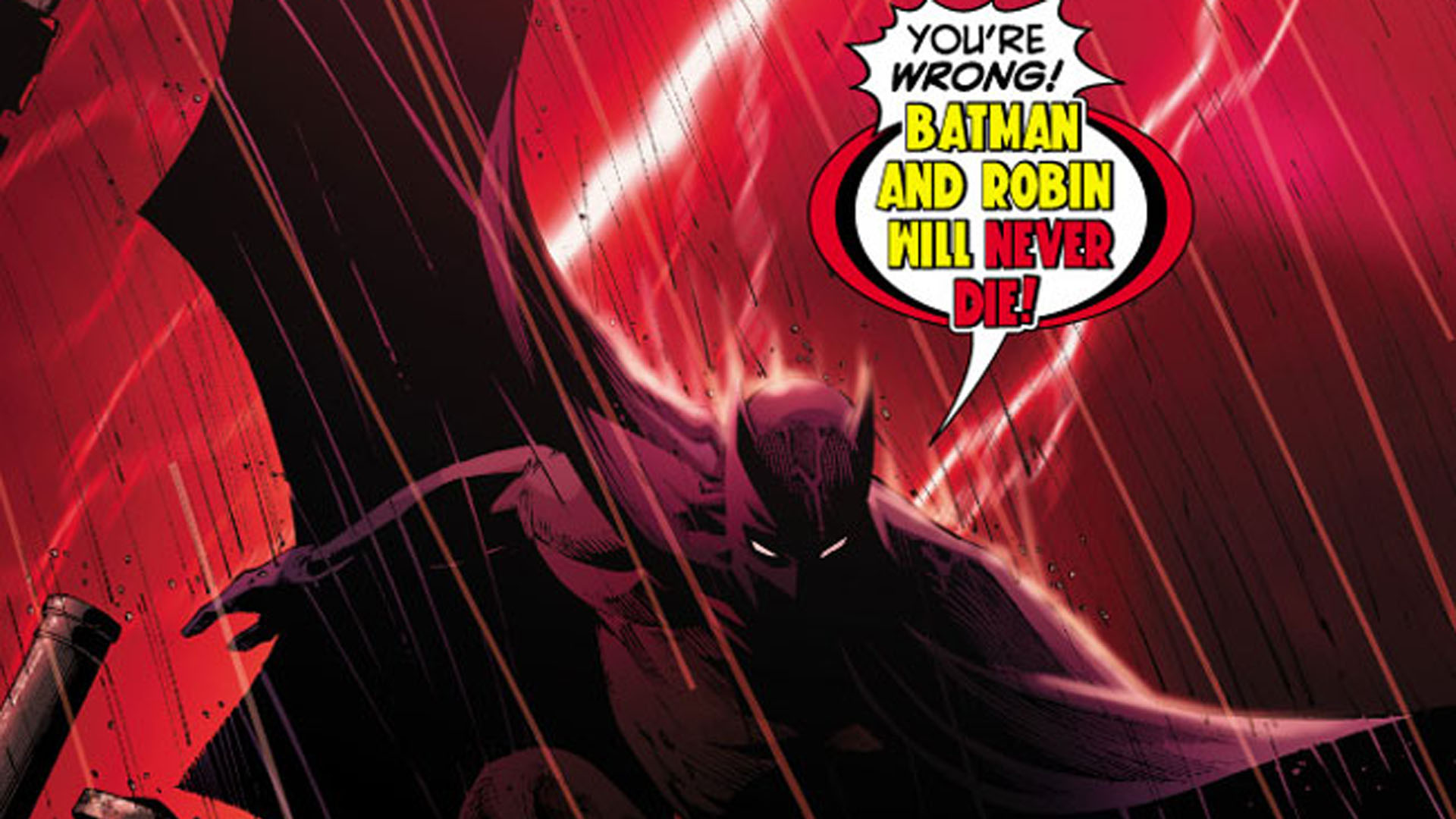
One of the primary themes of Morrison's run across all of the titles was of Batman as an undefeatable idea; as exclaimed at the start of 'Batman RIP,' "Batman and Robin will never die!"
It wasn't that the actual people in those personas couldn't die - Morrison fake-killed Bruce Wayne and really-killed Damian to prove that - but that someone, somewhere, would take up the names and costumes after them to keep that particular dream alive, as Dick Grayson's stint as the Dark Knight and the very idea of Batman Inc. illustrated.
As Morrison writes in their final Batman issue, "Batman always comes back, bigger and better, shiny and new. Batman never dies. it never ends. It probably never will."
Batman as a superhero
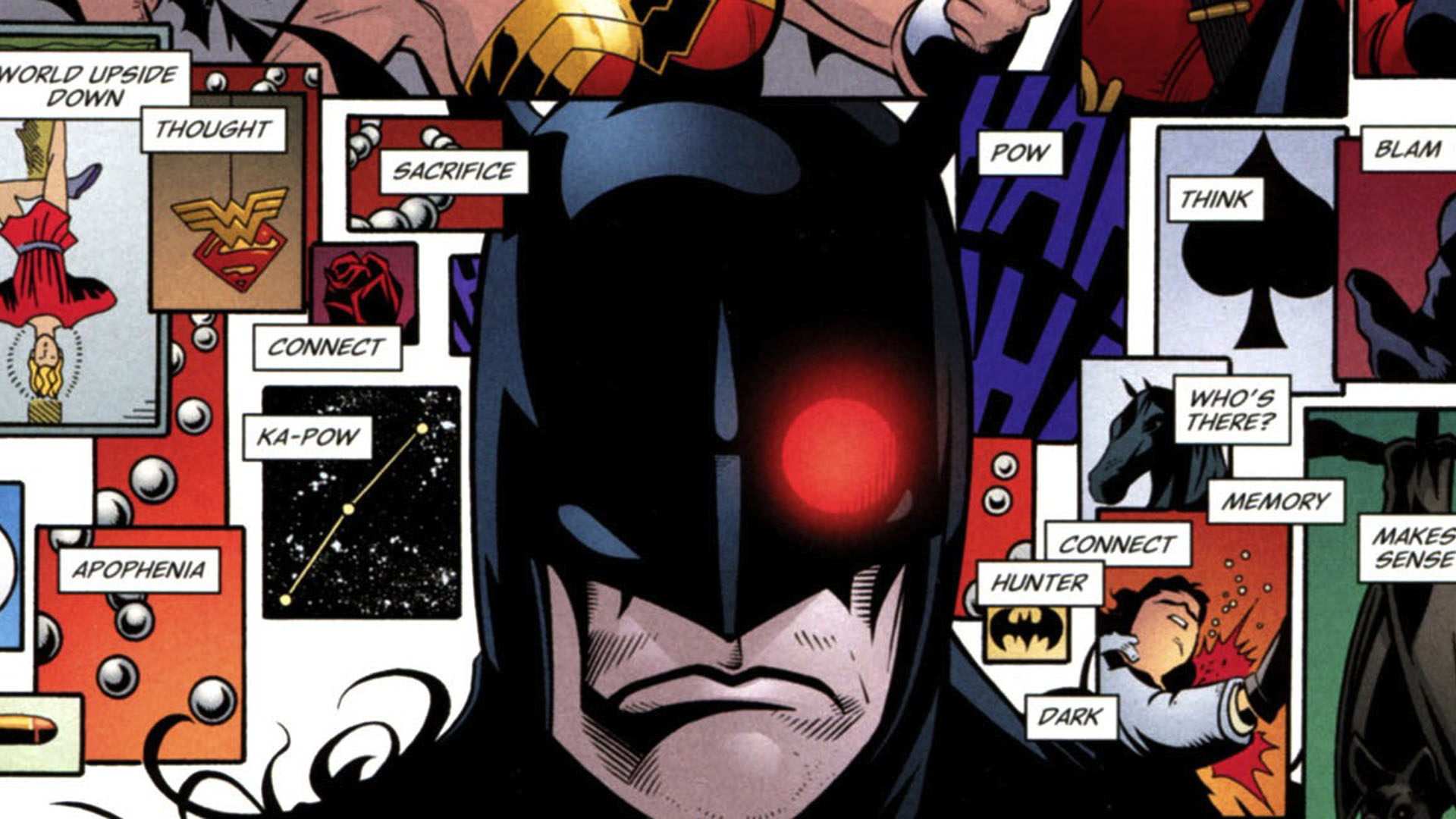
An idea that Morrison brought back during their run - and it was a particularly welcome return, in my opinion - was of Batman as a superhero. Morrison's Batman dealt with things on a scale that the character had pretty much successfully avoided for decades up until that point, for the most part. Multi-dimensional alien sprites! New God invasions! Traveling through time! Surviving death itself!
After years as a character that seemed, at times, embarrassed about his past and origins, Morrison returned Batman to a character who could (and did) stand side-by-side with Superman, the Justice League, and the stranger parts of the DC Universe without embarrassment or apology. In the process, he opened up countless possibilities for Batman stories that had seemed impossible - or, at best, extremely unlikely - just a short time before.
Batman as a human being
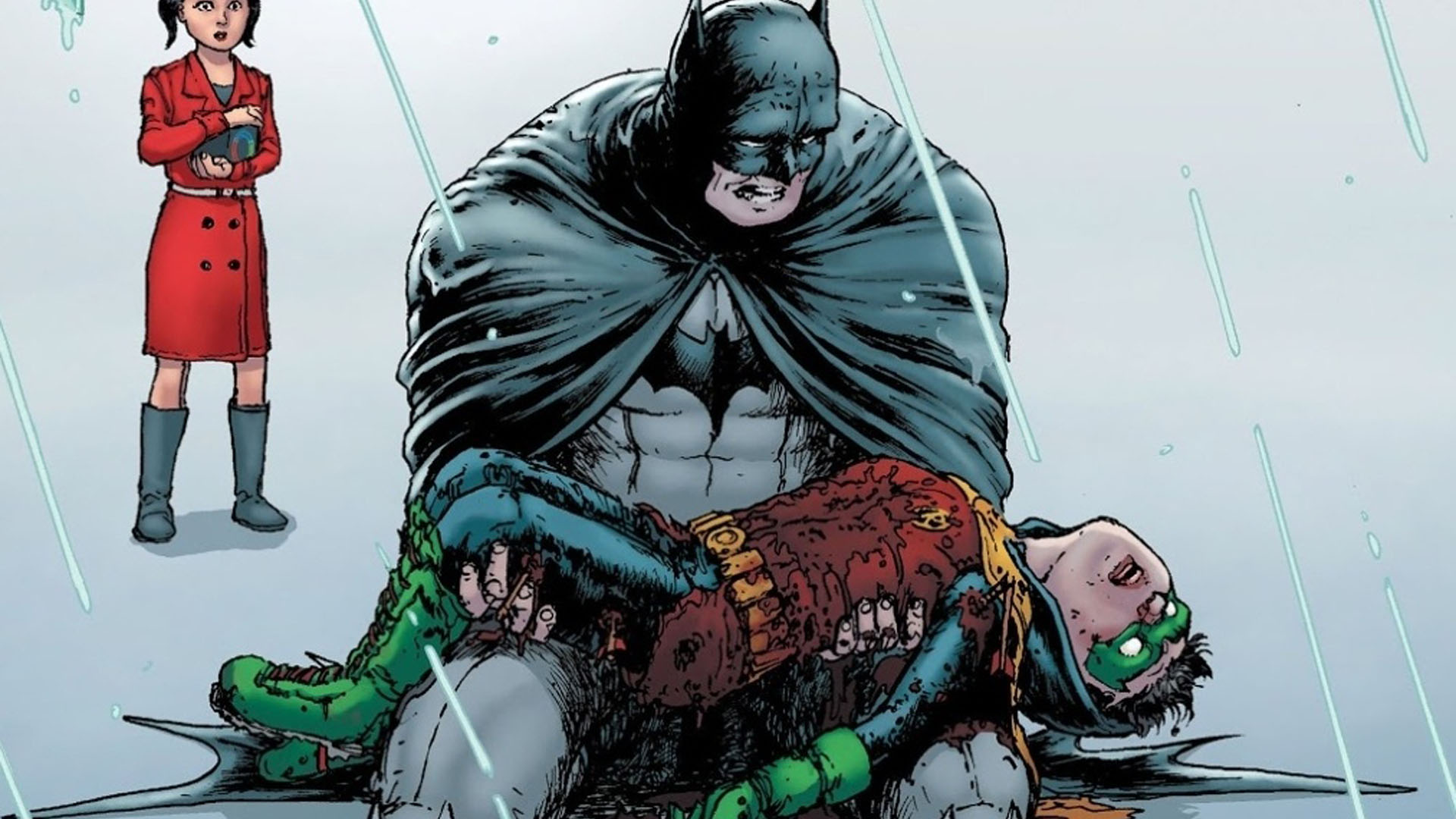
There's a glimpse of this in Morrison's final Batman issue, with Wayne saying that "There are people whose hurt feelings can trigger wars. People whose broken hearts become grand opera, on an international stage." At the heart of all the Sturm und Drang of the Leviathan storyline, Morrison pointed out, are two people with a particularly bad relationship whose actions take things way further than the real world tends to allow.
For all Morrison's rebuilding of Batman as a superhero and an immortal icon, the most valuable gift the writer gave the character may have been on a more personal level. Morrison's Batman run, especially in its second half, was an emotional story for a traditionally unemotional character.
Throughout the Morrison years, Batman grew into the role of father, and realized that he didn't have to work alone - the traditional Batman default position - to get the job done. This was, at least for a while, a kinder, gentler, more human Batman than we were used to seeing.


